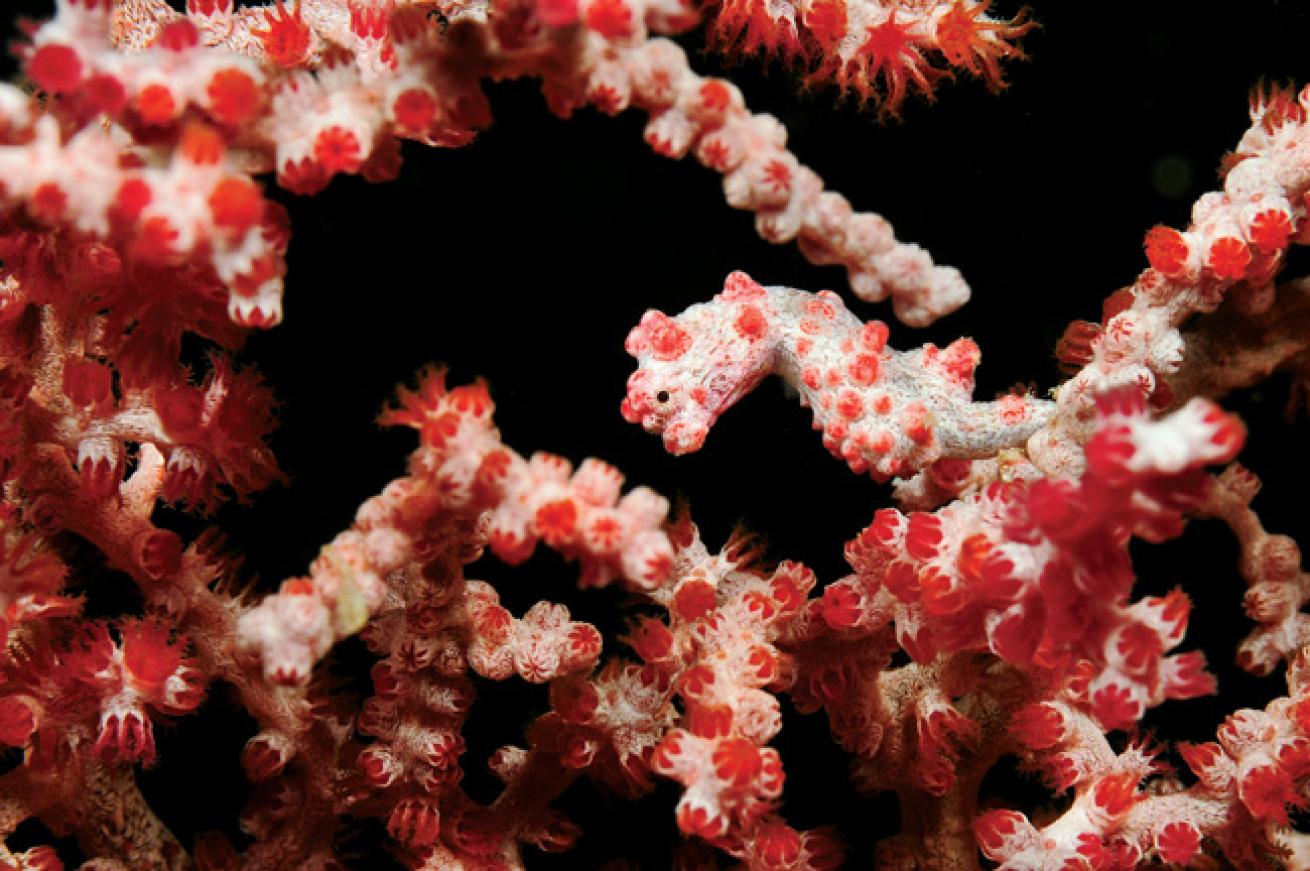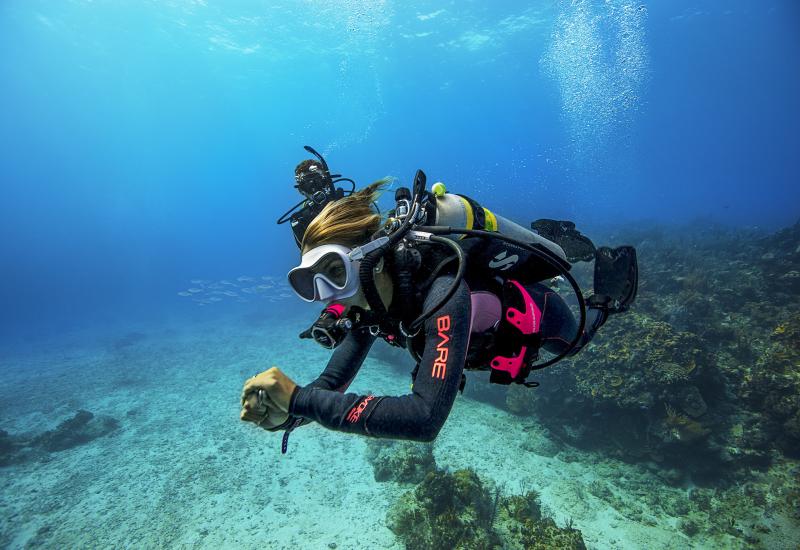7 Tips for Macro Photography

Tips for Macro Photography
Ty Sawyer
Underwater Photography: Macro Images
With its emphasis on detail, the best underwater macro images are visually stunning. Often, underwater photographers use this format to capture miniscule marine creatures, though not always. Here’s our guide to getting the most from your underwater camera’s macro lens.
1. Backscatter Control: If you’re shooting in some popular “muck diving” destinations, the water may not be crystal-clear. Sites near shore especially can have degraded water clarity due to runoff or the sea bottom being stirred up by surge. The most challenging shots for underwater cameras are dark subjects with open-water elements. In all these situations, backscatter is sometimes inevitable. Depending on the situation, you can avoid backscatter by looking for “noisy” backgrounds that can hide backscatter, using creative lighting and getting close to your subjects.
2. Focus on the Eyes: If you’re shooting an animal, such as a blenny, goby or anemonefish, make its eyes the focal point.
3. Look For Interesting Backgrounds: Some of the loveliest macro images are because the creature is on something that provides an interesting patterned or textured background like coral polyps, kelp fronds and anemones.
4. Don’t Harass the Creature: Marine critters can be extra-sensitive to repeated, close firings from a strobe. Be courteous to the animal (and other photographers) — after you’ve gotten a few shots, move away and find another subject.
5. Watch Your Buoyancy: Some muck environments are composed of fine sand or silt and errant fin kicks can obliterate the water clarity. Always be aware of your surroundings and take care with both your dive and camera gear and keep them off the bottom and the reef.
6. Dive with a Local: A good dive guide knows the habits of local marine life and where they live. The best critter finders are able to move from spot to spot along a muck site, pointing out their finds.
7. Get Close: Think you’re close enough to your subject? As many pros like to say, get even closer.

Ty Sawyer
Underwater Photography: Macro Images
With its emphasis on detail, the best underwater macro images are visually stunning. Often, underwater photographers use this format to capture miniscule marine creatures, though not always. Here’s our guide to getting the most from your underwater camera’s macro lens.
1. Backscatter Control: If you’re shooting in some popular “muck diving” destinations, the water may not be crystal-clear. Sites near shore especially can have degraded water clarity due to runoff or the sea bottom being stirred up by surge. The most challenging shots for underwater cameras are dark subjects with open-water elements. In all these situations, backscatter is sometimes inevitable. Depending on the situation, you can avoid backscatter by looking for “noisy” backgrounds that can hide backscatter, using creative lighting and getting close to your subjects.
2. Focus on the Eyes: If you’re shooting an animal, such as a blenny, goby or anemonefish, make its eyes the focal point.
3. Look For Interesting Backgrounds: Some of the loveliest macro images are because the creature is on something that provides an interesting patterned or textured background like coral polyps, kelp fronds and anemones.
4. Don’t Harass the Creature: Marine critters can be extra-sensitive to repeated, close firings from a strobe. Be courteous to the animal (and other photographers) — after you’ve gotten a few shots, move away and find another subject.
5. Watch Your Buoyancy: Some muck environments are composed of fine sand or silt and errant fin kicks can obliterate the water clarity. Always be aware of your surroundings and take care with both your dive and camera gear and keep them off the bottom and the reef.
6. Dive with a Local: A good dive guide knows the habits of local marine life and where they live. The best critter finders are able to move from spot to spot along a muck site, pointing out their finds.
7. Get Close: Think you’re close enough to your subject? As many pros like to say, get even closer.










